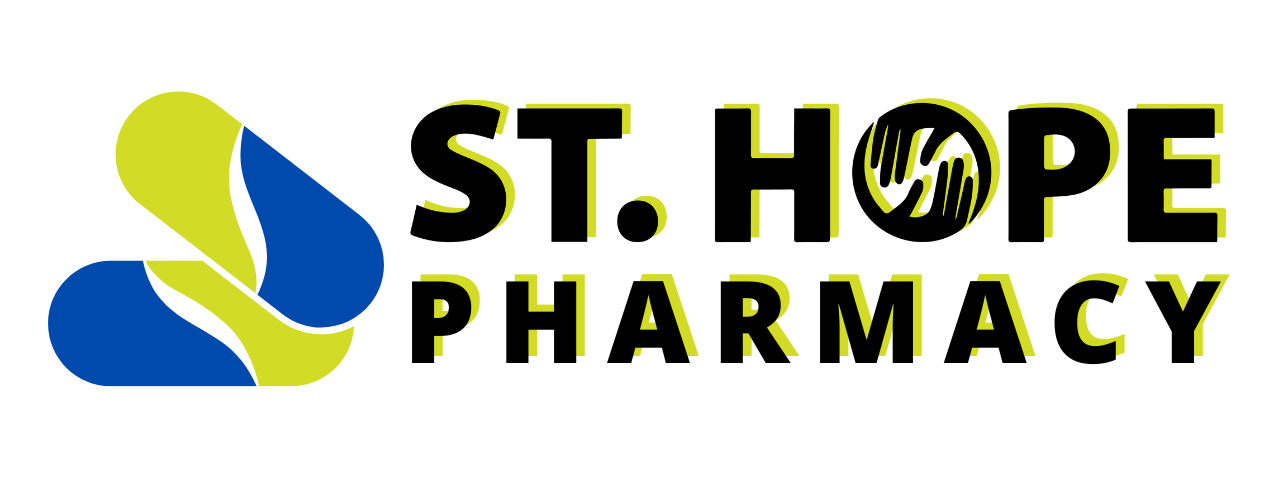How Do Insurance Companies Determine Which Drugs Are Covered?

When you visit a pharmacy or get a prescription from your doctor, you may have noticed that some medications are covered with little or no out-of-pocket cost while others require higher out-of-pocket expenses. This happens because insurance companies have specific processes for determining which drugs are covered under your plan.
What Is a Formulary?
A formulary is a curated list of prescription medications that an insurance company will cover, either fully or partially. It is categorized into different tiers, which determine how much of the cost is covered by the insurer and how much you’ll need to pay. Typically, the lower the tier, the more affordable the medication will be for you.
For example:
- Tier 1: Generic medications (lowest cost).
- Tier 2: Preferred brand-name medications (moderate cost).
- Tier 3: Non-preferred brand-name medications (higher cost).
- Tier 4 or 5: Specialty or high-cost drugs (highest cost).
The Role of Pharmacy and Therapeutics (P&T) Committees
Most insurance companies rely on Pharmacy and Therapeutics (P&T) committees to create and maintain their formularies. These committees consist of healthcare professionals such as doctors, pharmacists and other medical experts who evaluate the safety, efficacy and cost-effectiveness of medications.
P&T committees base their decisions on:
- Clinical Effectiveness: The committee evaluates the scientific evidence available about a drug’s effectiveness. Medications that offer better treatment outcomes for conditions with fewer side effects tend to receive coverage priority.
- Safety:
Safety is a critical factor. Medications with a proven track record for minimizing adverse reactions are more likely to be included.
- Cost-Effectiveness: The committee also considers the cost of the medication relative to the benefits it provides. If two drugs offer similar results but one is significantly cheaper, the less expensive option will often be favored.
Drug Manufacturer Negotiations
A significant factor in determining which drugs are covered involves negotiations between insurance companies and drug manufacturers. Pharmaceutical companies offer rebates or discounts to insurance companies in exchange for better coverage of their medications on the formulary.
For example, a drug manufacturer may offer a discount on a brand-name medication in return for it being placed in a lower tier, making it more affordable for patients. In turn, this drives up the drug's usage, benefiting the manufacturer despite the reduced price.
Generic vs. Brand-Name Drugs
Another key factor influencing coverage decisions is whether a drug has a generic version available. Generic drugs contain the same active ingredients as their brand-name counterparts but are typically sold at a fraction of the cost. As a result, insurance companies often favor generic drugs, placing them in lower tiers. This means that the drugs themselves are less expensive and more of the out-of-pocket cost is likely to be covered, resulting in a much lower prescription costs for patients.
When a brand-name drug loses its patent protection, generic versions can enter the market, which can alter a drug’s place on the formulary. The insurance company may move the brand-name drug to a higher, less favorable tier to encourage the use of the less expensive generic version.
Specialty Drugs and Their Challenges
Specialty drugs, which are used to treat complex or rare conditions like cancer, multiple sclerosis or rheumatoid arthritis, often present unique challenges for insurance companies. These drugs are usually very expensive and may require special handling or administration.
Because of their high costs, specialty drugs often land in the higher tiers of a formulary, meaning that patients will need to pay more out of pocket or obtain special approval from their insurance provider (known as prior authorization) before the drug is covered.
At the same time, insurance companies don’t want to make specialty drugs inaccessible for patients who may depend on them. The calculation often requires careful balancing of the drug’s importance to patients and their costs.
Prior Authorization and Step Therapy
To manage costs and ensure the proper use of certain medications, insurance companies often implement processes like prior authorization and step therapy:
- Prior Authorization:
Some drugs, especially high-cost or specialty medications, require your doctor to get approval from the insurance company before they will be covered. This process ensures that the prescription is medically necessary and that there aren’t more cost-effective alternatives available.
- Step Therapy: In this approach, the insurance company may require patients to try a less expensive medication (often a generic or lower-tier drug) before covering a more costly specialty drug. If the lower-cost option doesn’t work or causes adverse effects, the insurer may then approve coverage for the more expensive drug.
External Factors: FDA Approvals and Guidelines
The Food and Drug Administration (FDA) plays a role in determining which drugs are covered by approving new medications and monitoring their safety and efficacy. Drugs that receive FDA approval after passing rigorous testing are more likely to be considered for coverage by insurance companies.
Insurance companies may also look to established medical guidelines and standards of care when determining what medications are essential for treating specific conditions.
What Can You Do If a Drug Isn’t Covered?
If your prescribed medication isn’t covered by your insurance, or is placed on a higher tier, there are steps you can take to potentially lower your out-of-pocket costs:
- Request an Exception:
You or your doctor can request an exception to get a non-covered medication approved or moved to a lower tier.
- Appeal the Decision:
If your request is denied, you can go through an appeals process to contest the decision.
- Explore Alternatives: Ask your doctor if a generic or lower-tier medication is available and just as effective.
- Use Manufacturer Coupons: Many pharmaceutical companies offer discounts or coupons to reduce the cost of brand-name medications.
Get Help with Your Prescription Coverage in Houston, TX
At St. Hope Pharmacy, we know how confusing it can be to navigate insurance coverage for medications.
If you have any questions about your coverage or need assistance with your prescriptions, don’t hesitate to contact us today.


